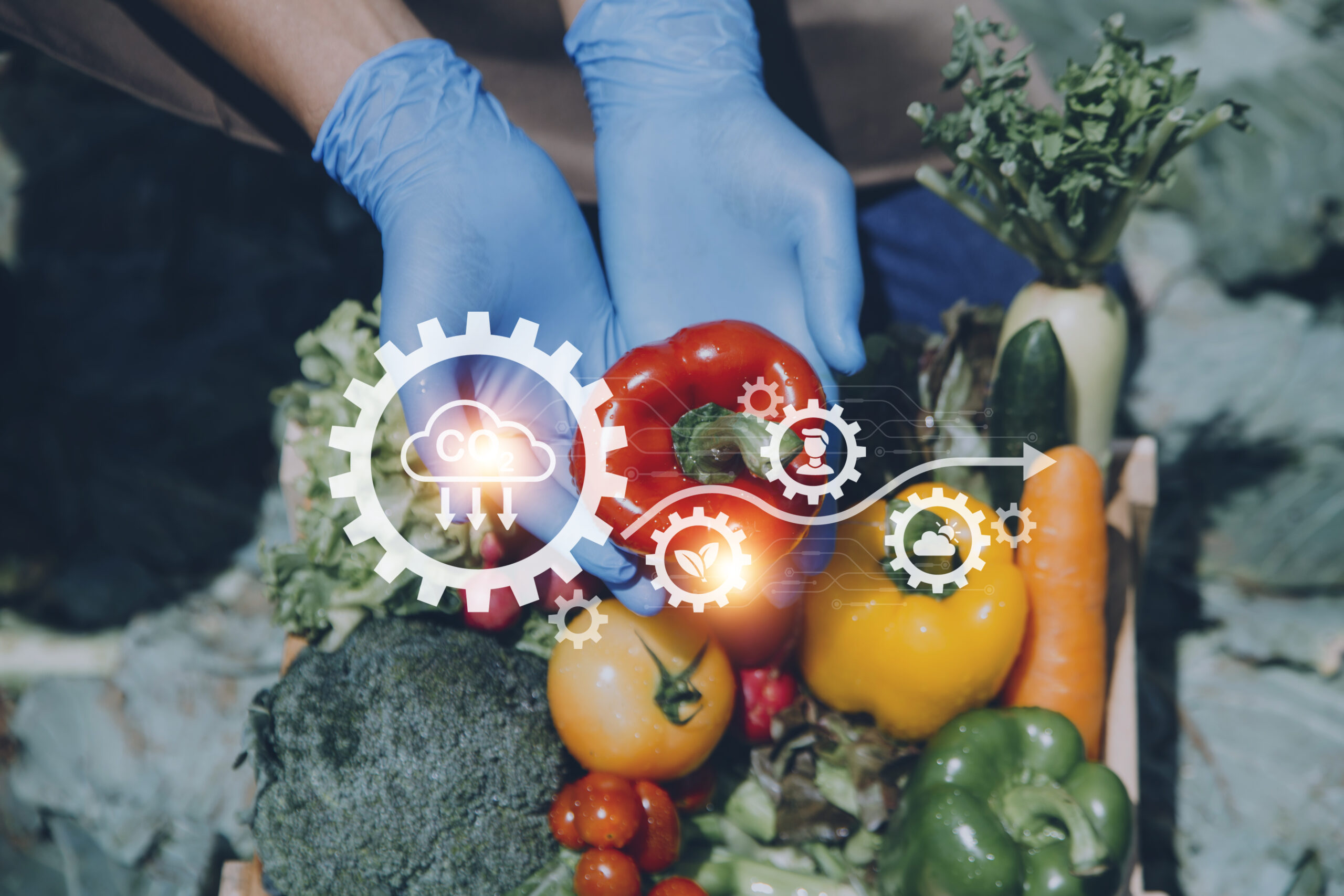Introducing ISO 22000: A Definitive Guide
In today’s interconnected world, ensuring food safety is a global imperative. Consumers demand assurance, and businesses in the food industry recognize the pivotal role they play. Enter ISO 22000, a certification that sets the highest standards for food safety management systems. Let’s unravel the significance of ISO 22000 in the context of the food industry.
A. Decoding ISO 22000: What Sets the Standard?
ISO 22000, crafted by the International Organization for Standardization (ISO), is a globally acknowledged standard tailored for the food industry. This comprehensive standard outlines the requirements for a robust food safety management system. From interactive communication to system management, it covers critical elements ensuring the safety of the entire food supply chain.
At its core, ISO 22000 adopts a preventive approach to manage food safety hazards. It integrates principles of Hazard Analysis and Critical Control Points (HACCP) to identify and control potential threats, building and maintaining confidence among consumers and regulatory authorities.
B. The Imperative of Food Safety in the Industry
The food industry’s role in society comes with a great responsibility to deliver safe and uncontaminated products. Beyond ethical considerations, maintaining high food safety standards is a strategic business move. Prioritizing food safety not only protects consumers’ health but also safeguards the reputation and viability of businesses. It opens doors to global markets, paving the way for confident participation in international trade.
C. Unveiling ISO 22000 Certification’s Purpose
The certification serves as a tangible commitment to food safety. It provides a framework for organizations to identify and control hazards, minimize contamination risks, and continually enhance their food safety management systems. Beyond regulatory compliance, this certification offers a competitive advantage, instilling confidence in consumers, regulatory bodies, and stakeholders.
Navigating ISO 22000’s Background:
A. Genesis and Evolution
The roots of ISO 22000 trace back to the early 2000s, a response to the pressing need for standardized food safety management. Its development gained momentum as food safety incidents underscored existing vulnerabilities. The first edition emerged in 2005, and subsequent updates, including ISO 22000:2018, reflect a commitment to continuous improvement in response to the evolving food safety landscape.
B. Collaborators and Influencers
The development of ISO 22000 was a collaborative effort involving experts, industry stakeholders, and organizations dedicated to food safety. Noteworthy contributors like the International Association for Food Protection (IAFP) and the Global Food Safety Initiative (GFSI) played pivotal roles, ensuring the standard’s practicality and adaptability for organizations of all sizes.
C. Global Recognition and Acceptance
ISO 22000 quickly gained international recognition and endorsement by the Codex Alimentarius Commission. Embraced across the entire food supply chain, its universal applicability aligns with national standards worldwide. Governments and regulatory bodies in numerous countries endorse ISO 22000, emphasizing a shared commitment to elevating global food safety standards.
Essential Requirements of ISO 22000:
ISO 22000 outlines key requirements crucial for establishing and maintaining an effective food safety management system. Let’s delve into these requirements:
A. Formulating a Robust Food Safety Policy
At the core of ISO 22000 is the establishment of a clear Food Safety Policy, aligning with business strategy and legal requirements. This policy, communicated at all organizational levels, sets measurable objectives for continuous improvement in food safety performance.
B. Communication Excellence
Effective communication is paramount in any food safety management system. It emphasizes internal and external communication, ensuring transparency with employees, suppliers, customers, and stakeholders. Clear roles and responsibilities regarding food safety are communicated internally, while external communication fosters collaboration throughout the food supply chain.
C. HACCP Integration
ISO 22000 incorporates Hazard Analysis and Critical Control Points (HACCP), a proactive approach to identify, evaluate, and control food safety hazards. Through thorough hazard analysis, organizations establish critical control points (CCPs) to manage and control potential hazards, enhancing the overall effectiveness of the food safety management system.
D. Prerequisite Program Foundation
Prerequisite programs form the bedrock of a robust food safety management system. Covering areas like personnel hygiene and facility sanitation, these programs create a controlled environment. Complementary to HACCP principles, they provide essential prerequisites for successful system implementation.
E. Emergency Preparedness and Response
The mandates procedures for identifying and responding to emergencies that threaten food safety. From contamination incidents to natural disasters, organizations must develop and regularly test robust measures, minimizing the impact on food safety.
Overcoming Challenges in ISO 22000 Implementation:
A. Common Implementation Challenges
Implementing ISO 22000 poses challenges for organizations, including resource allocation, resistance to change, documentation overload, integration with existing systems, and training awareness gaps.
B. Best Practices for Successful Implementation
Addressing these challenges requires top management commitment, effective communication, streamlined documentation, integrated management systems, and continuous training programs. Several case studies showcase successful implementation strategies, such as resource reallocation, seamless integration with existing systems, and overcoming employee resistance.
Conclusion:
A. Summary of Key Points
In our exploration of food safety, key points emerge:
- Hazard Identification and Risk Assessment: Recognizing potential hazards is crucial for ensuring safety. A thorough risk assessment prioritizes and addresses risks effectively.
- ISO 22000 Certification: Emphasizing its global standard status, ISO 22000 enhances credibility and demonstrates a commitment to safe and quality food products.
- Implementation of Control Measures: Stringent measures like Good Manufacturing Practices (GMP) and HACCP are pivotal in preventing and mitigating food safety risks.
- Employee Training and Awareness: Continuous training programs ensure a well-informed workforce, contributing to a safety-centric culture.
B. Encouraging Organizations to Pursue ISO 22000 Certification
As we conclude, a strong recommendation is extended to organizations in the food industry to pursue ISO 22000 certification. This globally recognized standard provides a structured framework, extending beyond regulatory compliance to positively impact reputation and trustworthiness.
C. Final Thoughts on the Future of Food Safety
Looking forward, the future of food safety hinges on technology, regulatory landscapes, and heightened consumer awareness. Innovations like blockchain and data analytics enhance traceability. Collaboration is key, incorporating artificial intelligence, IoT devices, and real-time monitoring systems to revolutionize food safety.
In conclusion, the journey towards ensuring food safety is ongoing. Organizations must remain vigilant, adaptable, and committed to excellence. As we navigate a changing global landscape, steadfast dedication to food safety not only protects public health but also contributes to the sustainability and success of the food industry.











